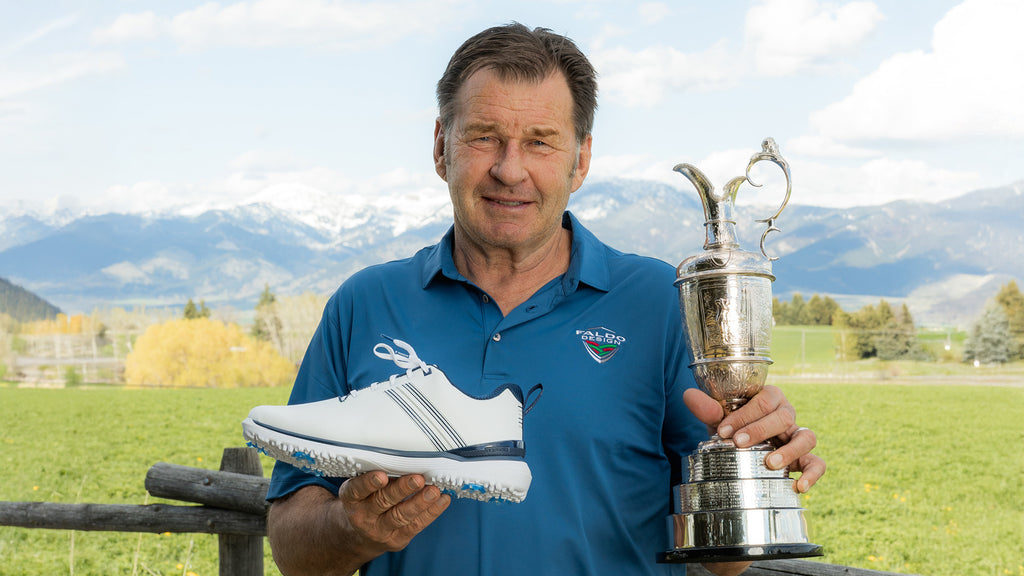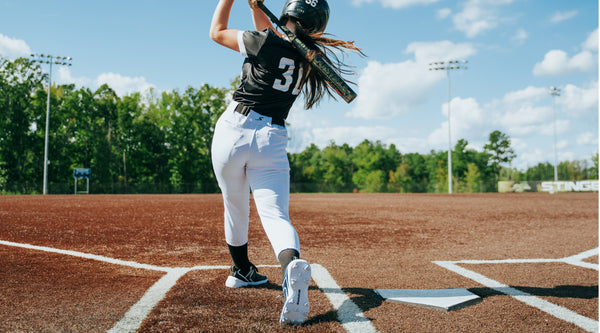There’s an art to golf, almost like a dance. Each step, each movement has a purpose. However, most golfers, whether they're dabbling on weekends or playing in more formal leagues, tend to overlook the intricate relationship between flexibility/mobility and stability when perfecting their swing. Both of these components are instrumental in achieving that perfect swing, better performance and fewer injuries on the golf course. Looking to improve your swing and experience less pain? Read on for the complete step by step.
The true source of power in your golf swing
A golf swing might look simple, but the mechanics behind it are intricate. The most common misconception? That a powerful swing stems from brute strength. But if you delve deeper, you realize the real power source is the rotational capacity of the body. When your body rotates freely, each component of your swing can build on the last to finally focus true power behind your impact on the ball. But when parts of your body lack the necessary mobility, especially the thoracic spine (t-spine) and hips, other areas like the low back and knees are forced to compensate. This not only hampers your swing but also leaves you vulnerable to potential injuries.
Unlocking mobility in golf
Mobility in golf is as important as oil in an engine. It ensures everything runs smoothly, preventing parts from wearing out prematurely. Unfortunately, though, increasing mobility isn’t as simple as getting an oil change. But with a commitment to consistent mobility work, I can guarantee you’ll see an impact on your swing. Here are my two favorite mobility exercises for golfers. Perform each exercise 3 times a week, for the prescribed amount of reps and sets. Eventually work your way up to daily to see maximum impact.

T-Spine Rotation Exercise: The Upper Body Game-Changer
The thoracic spine, the section of your spine that extends from the base of your neck to the bottom of your rib cage, plays a pivotal role in your golf swing. It's responsible for much of the rotation that happens during a swing. Here’s a simple exercise to enhance its mobility:
-
Start on all fours, with hands beneath shoulders and knees under hips.
-
Place one hand behind your head, keeping the elbow bent.
-
Rotate the elbow and upper back to the sky, opening up the chest.
-
Slowly bring the elbow down.
-
Repeat for 10-12 reps on each side for 3 sets.
Regularly practicing this movement can drastically improve the mobility of your t-spine, lending a bit of extra rotation to your swing that you might have thought was out of reach.
90/90 Hip Stretch: Unlocking Lower Body Potential
Your hips are another crucial cog in the machine. Your swing's power is often rooted in your hips and their ability to rotate effectively. Here's how you can ensure they’re at their best:

Begin by sitting on the ground with your legs out in front of you. Rotate your right foot back behind you on the right, so that your leg is at a 90-degree angle; rotate your left foot to the right, so that it is also at a 90-degree angle.
-
Lean forward gently over the front leg, feeling a stretch in your outer hip.
-
Hold for 30 seconds,
-
Sit up tall and rotate to the back hip.
-
Hold for 30 seconds then switch sides and repeat 3 times.
Note: If your hips are on the tighter side and you struggle sitting upright in this position, place a pad or pillow under your bum cheeks. If this is inaccessible to you, try starting with a Figure-4 stretch lying on your back with your feet on the ground and knees elevated, then crossing your right ankle over your left thigh in a 90-degree angle. Hold for 30 seconds, then switch sides and repeat.
This stretch not only improves the mobility of your hips but also emulates the position of the hips during a swing, making sure power is transferred optimally from your legs through the ball.
Unlocking Stability in Golf
While mobility ensures fluid motion, stability ensures that motion is efficient and well-directed. It's like having a state-of-the-art bow (mobility) and a firm grip (stability) to release the arrow straight and true.
This is where the magic of SQAIRZ golf shoes comes into play. These shoes are designed to provide that stable base, ensuring each swing starts from a place of balance. With a firm foundation, the increased mobility in your t-spine and hips is free to truly shine, optimizing each swing's power and direction.
Still Not Convinced? Why You Can’t Ignore Mobility and Stability in Golf
Bypassing the importance of mobility and stability doesn’t just result in a less-than-optimal swing. It can also lead to undue stress on other parts of your body, like your lower back and knees. Over time, these areas might begin to feel the strain, leading to discomfort or, worse, long-term injuries.
Like every dance, golf requires a balance – a balance of flexibility and stability. By focusing on mobility exercises like the t-spine rotation and 90/90 hip stretch, and by ensuring stability with reliable tools like SQAIRZ golf shoes, you are setting the stage for a remarkable transformation in your game. As you find this balance, you'll not only notice improvements in your swing but also enjoy a more free swing that minimizes the wear and tear on your body, so you can enjoy more pain-free rounds of golf.
Joe Yoon is a certified personal trainer, licensed massage therapist, author of Better Stretching, and former Director of Performance at Baltusrol Golf Club in Springfield, NJ.His client list includes, PGA Tour Golfers, Olympic Gold Medalists, NFL Pro Bowl players, championship bodybuilders, and Hollywood celebrities. JoeTherapy offers online training subscriptions and posts stretch videos on Instagram. His Instagram account has earned Joe more than 1.2 Million followers.



